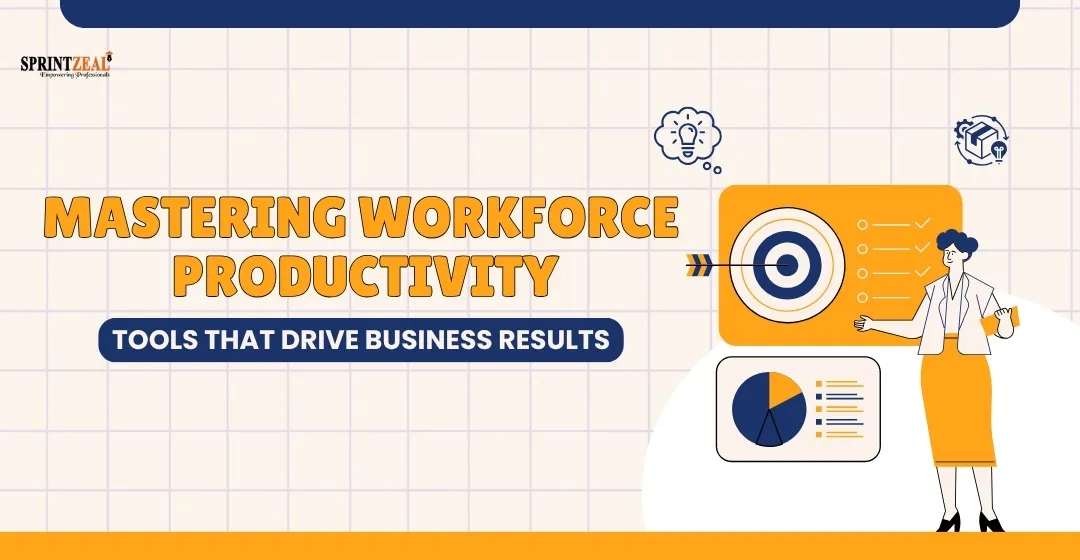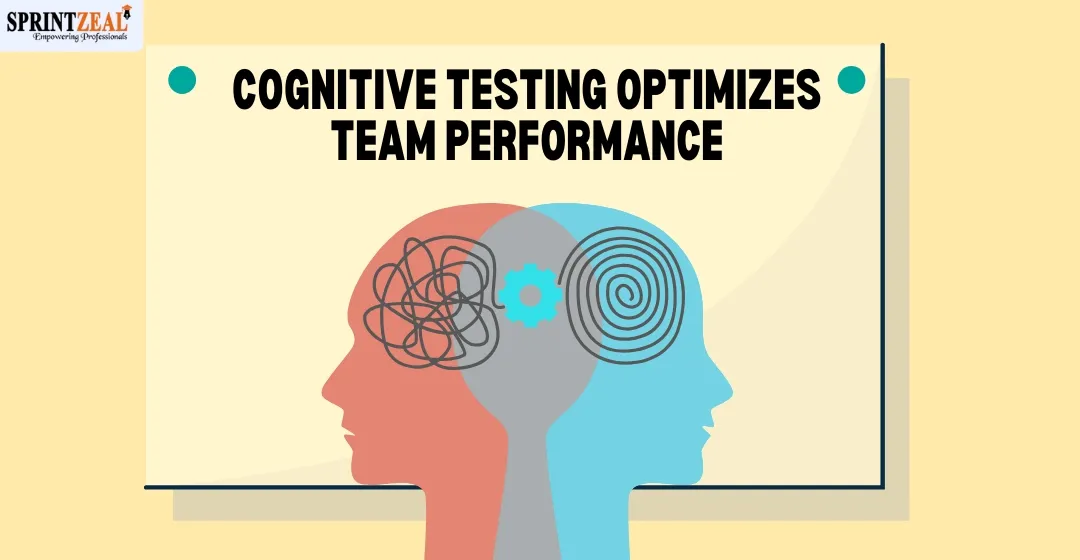Mastering Workforce Productivity: How Time and Communication Tools Drive Business Results
-
 By Mika Kankaras
By Mika Kankaras - Published on Jun 12 2025

Your best employee just quit. They reported “burnout” but had plenty of energy for side projects. Your highest performer struggles to meet deadlines despite working late. Your team meetings generate action items that often go unaddressed—been there? Sound familiar?
When we get to the point, we realize the problem isn’t motivation or even work ethic. Most teams fail because they’re drowning in friction: unclear priorities, communication chaos, and systems that create more work than they prevent. This brings the question: Where has the real productivity disappeared?
Sometimes the answer is to think about how things used to be and how simple they are now. So maybe the real question is: Where does actual efficiency come from?
Real productivity comes from removing these barriers and creating conditions where great work naturally occurs. This requires deliberate systems that balance autonomy with accountability, supported by tools designed for how teams actually operate.
Table of Contents
- Structure doesn’t hold you back (it helps you)
- Time management tools (that really work)
- Communication isn’t just talking (it’s finding common ground)
- Real-time feedback instead of reviews
- How asynchronous work can help you stay productive
- Tech is only as good as the culture behind it
- Bringing it all together
Structure doesn’t hold you back (it helps you)
People often think that freedom makes them more productive, but that’s not entirely true. Yet too much independence without a proper direction leads to decision fatigue. People get stuck not because they don’t want to, but because the system they’re trying to use offers little clarity.
What works better? A reliable rhythm. Precise expectations. Smart tools that let your team stay in sync without needing to micromanage every moment (no one likes doing it, and no one likes being micromanaged). Think of structure like scaffolding: it supports the work, but doesn’t get in the way. It lets your team confidently take ownership of their time and output.
Practical structure includes:
1. Clear expectations about roles, deadlines, and quality criteria
2. Predictable rhythms that ease decision fatigue and guesswork
3. Smart tools that enable coordination without constant supervision
4. Regular check-ins that maintain alignment without micromanagement
If you want consistency without chaos, scheduling is your base. And that’s where the right technology matters. A clever, intuitive staff shift planner app doesn’t just track hours—it builds trust. It lets employees view agendas in real time, request changes easily, and blend with minimal variance. It removes the presumption and keeps everyone aligned.
Teams flourish when they know what’s coming, not only because it helps them organize their work, but because it signals respect for their focus. This echoes the principle of zanshin, a Japanese term for relaxed alertness and presence. When people feel that their attention is valued, they respond with loyalty, engagement, and lasting momentum.
Time management tools (that really work)
Not every scheduling platform is the same. Some are not flexible enough. Others promise too much and don’t deliver. A tool that doesn’t get in the way of your team’s results is what really works. It should be simple to use and trustworthy.
Check to see if the features work well on phones as well as computers. Use simple dashboards to find gaps, overlaps, or workloads that aren’t being spread out evenly. Connect to platforms for payroll and messaging. Send alerts that are useful and not overwhelming.
Yes, it’s not just checking boxes on a feature list. The REAL test is how those tools feel in practice. Do they reduce the mental load of managing time or add to it? Do they empower people to plan better, or cause more back-and-forth? Tools should blend into the workflow, not dominate it. That’s when time tools become time multipliers. And that’s when teams start finding flow, not just finishing tasks.
A good time tool should scale with your business. As your team expands, your system should grow with you (without adding complexity). When a platform removes conflicts, it does more than save time. It creates calm. And in the long run, that calm fuels better decisions, faster recovery from setbacks, and more sustainable output. It also frees up leadership to focus on outcomes, not logistics.
Communication isn’t just talking (it’s finding common ground)
You can have 100 messages in a thread and still not know what’s expected. That’s because communication isn’t simply expressing something; it’s what gets through. And when teams are hybrid or remote, that gap gets even wider.
The solution isn’t more messages, it’s better ones. Tools that provide visibility, context, and actionability. Features like shared call notes, tagged transcripts, or recorded updates bring clarity without dragging people into meetings that could’ve been an email, or better yet, a simple update in your platform.
This is where a cloud call center software for small business makes an authentic distinction. It consolidates calls, voicemails, performance data, and even integrations with CRMs—all in one place. It’s not just a communication tool. It’s a system for staying in sync across roles, time zones, and priorities. For businesses comparing providers, exploring Nextiva reviews can help in making a well-informed choice.
When people know where to find information (and how to act on it), they stop over-communicating and start collaborating. Conversations become decisions, and decisions become action.
Modern teams rely on various digital platforms to coordinate tasks and maintain transparency, but not all collaboration tools serve the same purpose. For companies looking to enhance internal communication and provide resources accessible from anywhere, investing in a robust employee intranet software is essential.
Not only does it centralize updates, policies, and conversations, but it also streamlines routine workflows for both office-based and remote staff. For an in-depth review of top-rated solutions catering to diverse business needs, see this comprehensive guide of the 17 best intranet software and solution providers.
That’s the difference between busy teams and effective ones.
Real-time feedback instead of reviews
A review once a year doesn’t show how work is really done. Teams don’t operate on annual cycles; they evolve every week. That’s why real-time feedback matters more than performance summaries built from memory.
Instead of prolonged appraisal documents, useful feedback happens in small, frequent pulses. Quick check-ins, embedded review prompts after projects, or simple feedback buttons assembled into task management tools help teams course-correct in the moment. Employees no longer feel like they’re working in a vacuum—they see their progress, feel recognized, and understand where to grow.
Feedback goes beyond a bad review. It has to do with reflection. When employees are told to regularly evaluate themselves, it turns into a habit of taking responsibility. When you add manager nudges or peer comments to that, you have a live conversation about performance that keeps everyone on the same page without making them anxious.
How asynchronous work can help you stay productive
There’s no need for everything to happen right away. One thing that digital teams often don’t think about that can lead to burnout is the stress of having to respond right away on all channels. When set up with care, asynchronous workflows can reduce this sense of urgency and give people time to think more deeply, communicate more clearly, and make better work.
Async systems are particularly effective in remote or hybrid teams, where time zones vary and constant availability isn’t realistic. They allow people to contribute when they’re most focused, instead of being interrupted mid-flow for a ‘quick call.’ This doesn’t mean eliminating meetings altogether—it means being more deliberate about when and why you bring people together.
To build async into your rhythm, use shared docs or project boards for status updates. Replace daily standups with end-of-day voice or video briefs. Set clear expectations around response times and availability windows.
When asynchronous norms are regularized, depth rather than speed becomes more important for productivity. It’s like people got back control of their time, and decisions got better all around.
Tech is only as good as the culture behind it
Technology alone won’t get you out of a bad culture. It can help you keep up good habits, though. Smart tools encourage better behavior, make room for recovery, and bring attention to what’s important without becoming another way to control people. Technology should support cultural values by:
1. Using tools that enable independence to cut down on micromanagement
2. Making sure that everyone, not just leaders, can see key metrics (if you want to be open and honest)
3. Using automation to recognize wins and shoutouts and build them into daily tasks (make recognition part of your culture)
4. Allowing time for recovery and avoiding burnout with smart alerts
The point is, culture isn’t built in big gestures. It grows in small moments: when someone’s time is respected, when their work is seen, when they feel trusted to make decisions. The right stack of tools can quietly support all of that—if you use it to empower, not police.
Bringing it all together
There’s no magic solution to productivity, but there is clarity. When expectations are clear, time is visible, and communication stays deliberate, teams don’t just perform better—they feel energized doing it. Cutting out confusion, friction, and burnout is just a regular day for your team, and there is no more wondering why some of the best people in your company left.
When clarity, systems, and trust incorporate one another, productivity becomes an effortless flow. Teams move faster because they believe in the process, and collaborate better because they understand each other’s priorities. They stick around because their time is valued, not counted.
That’s how work becomes smoother, more purposeful, and something people are truly proud of.
Subscribe to our Newsletters
Popular Programs
Trending Posts
Self-Introduction for Interview: Tips & Best Examples
Last updated on Mar 4 2025
Top Reasons Why Binding Format Matters in Training Manuals
Last updated on Jun 25 2025
How Cognitive Testing Can Optimize Agile Team Performance
Last updated on Sep 17 2025
Streamlined Success: Blending Digital Tools and Physical Planners for Optimum Productivity in 2025
Last updated on Sep 17 2025
6 Best LMS for Employee Training Your Team Won’t Hate
Last updated on May 29 2025
Top 10 Productivity Training Courses for Workplace
Last updated on May 23 2024
Categories
- Other 62
- Agile Management 58
- Cloud Computing 50
- Project Management 170
- Big Data 58
- Business Management 80
- Digital Marketing 73
- IT Service Management 29
- Programming Language 47
- AI and Machine Learning 67
- IT Security 108
- Quality Management 77
- IT Hardware and Networking 25
- Microsoft Program 4
- Workplace Skill Building 11
- Risk Management 9
- Information Security 8
- Leadership and Management 7
- Corporate Training and Development 1
Trending Now
Top 10 Productivity Training Courses for Workplace
ArticleSelf-Introduction for Interview: Tips & Best Examples
ArticleManaging Work More Effectively: Top Picks for Organizing Team Tasks
Article6 Best LMS for Employee Training Your Team Won’t Hate
ArticleTop Reasons Why Binding Format Matters in Training Manuals
ArticleThe 3 AI-Powered Email Warmup Tools You Should Consider for Outreach
ArticleTop Team Leader Job Interview Questions & FAQs
ArticleHow Cognitive Testing Can Optimize Agile Team Performance
ArticleStreamlined Success: Blending Digital Tools and Physical Planners for Optimum Productivity in 2025
ArticleDesigning Training Slides to Simplify Complex Concepts
Article






